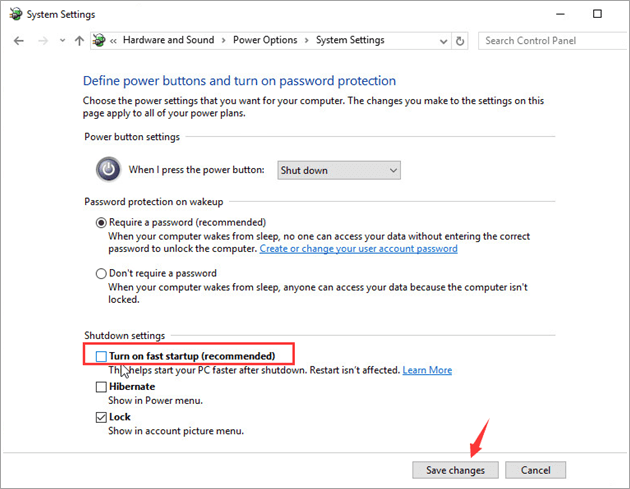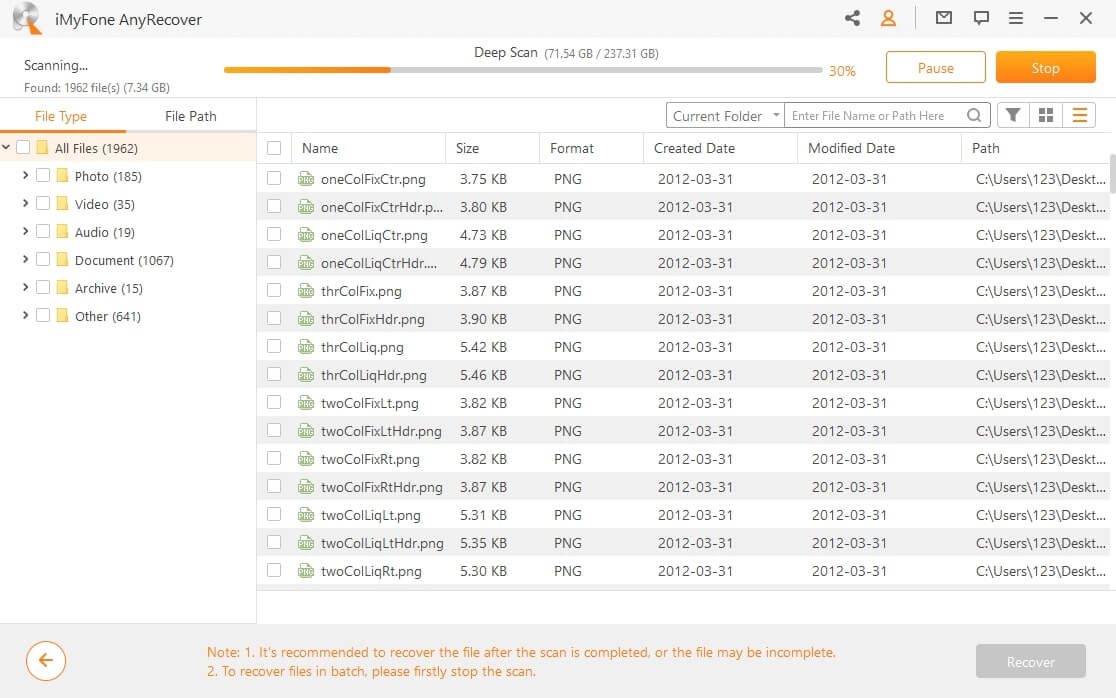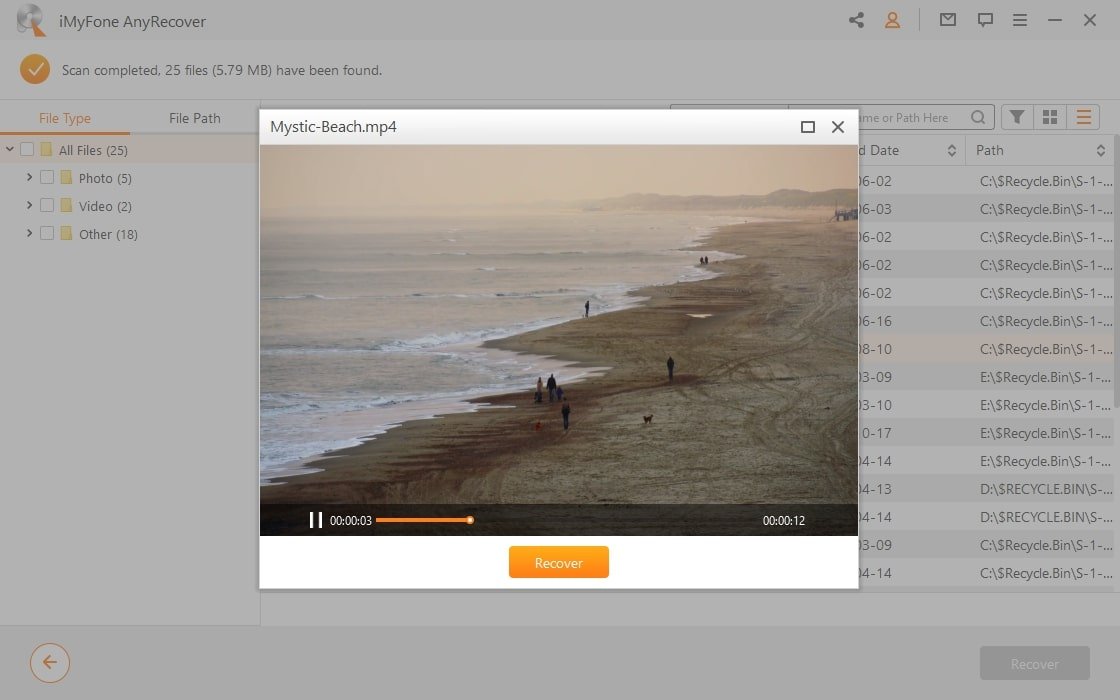“USB device not recognized: The last USB device you connected to this computer malfunctioned and Windows does not recognize it.”
This is a common problem that often occurs in Windows 11/10/8/7 when you plug in a mouse, keyboard, printer, camera, phone, and other USB devices. When Windows stop recognizing an external USB drive that is plugged into the computer, this means that you are unable to open the device or access the files saved in it. There are many reasons why your Windows computer fails to detect the connected USB device, and the solutions to the problem are also varied.
In this article, we’ll explain the possible causes of USB devices not recognizing the error and offer you 7 of the most effective solutions to fix a USB device that is not recognized in Windows 11/10/8/7/XP/Vista.
Possible Causes of USB Device Not Recognized Error
As we mentioned before, there can be varied reasons why your Windows 10/8/7 computer is unable to detect the connected USB device. These include the following:
- The USB drive plugged into your Windows computer may be unstable or corrupt.
- Windows system could also be outdated and requires an update particularly for components that deal with USB drives or other external hard drives.
- Windows could also be missing some important updates for other hardware and software components.
- The USB controllers on the computer may be unstable or corrupt.
- The PC’s motherboard drivers may be outdated and need to be updated.
- It is also possible that the external drive has entered selective suspension.
- The USB port might be damaged or faulty.
To fix the USB device not recognized error, the following are just some of the solutions you can try:
Tip 1: Unplug Computer
The first thing you should do when faced with an unrecognized USB drive is to unplug the computer. And here we don’t mean using the “Power” feature to turn off the computer, but unplugging it completely from the power source. Rather than simply reboot the computer, this action will reboot the motherboard which contains all the hardware components including the USB ports. Doing this will fix the insufficient supply to the external drive. So when you plug in the computer again, your USB device should be detected. If not, try the next solution.
Tip 2: Change USB Cable or USB Port
You should also check whether the USB ports on your computer are working correctly. If the ports are not functioning as they should, Windows will not be able to detect the USB device. If you have been using one port, change to another. If you don’t have multiple ports on the computer, consider buying a USB hub. If the device was connected to the computer via a USB hub, consider connecting it to the computer directly.
Tip 3: Fix USB Root Hub
Follow these simple steps to try and fix the USB Root Hub:
- Launch Device Manager on your computer and then locate the “Universal Serial Bus” controllers and click on it to expand.
- Locate the option of “USB Root Hub”, right-click on it, and then select “Properties”.
- Tap on the “Power Management” tab and uncheck the “Allow the computer to turn off this device to save power” option. Then click “OK” to apply the changes.

Tip 4: Change Power Supply Settings
To change power supply settings, follow these simple steps:
- Open Control Panel on your computer and then go to “Hardware and Sound > Power Options”.
- Click on “Chose What the Power Button Does”.
- In the options that appear, select “Change Settings that are Currently Unavailable”.
- Uncheck “Turn on Fast Startup” and then click on “Save Changes”.
- Then restart the computer and then connect the USB drive again to see if Windows will recognize it.

Tip 5: Change the USB Selective Suspend Settings
If the above solution doesn’t work, try the following:
- Right-click on the Windows icon and select “Power Options”.
- In the window that opens, choose “Change Plan Settings”.
- Click “Change Advanced Power Settings” in the Edit Plain Settings window.
- In the window that appears, locate and expand “USB Settings” and “USB selective suspend setting” and disable both options.
- Click “OK” to apply all changes.

Tip 6: Update USB Device Driver
Since this problem is often caused by outdated drives, you may also be able to fix it by updating the USB driver on your computer. Here’s how to do that:
- Open Device Manager. You may be able to find it by simply using the search function or by hitting the “Windows + R” key on your keyboard. In the run box that appears, type in “devmgmt.msc” and hit “Enter”.
- Once Device Manager is open, expand “Universal Serial Bus Controllers” and you will see a drive marked “Generic USB Hub”. Right-click on it and choose “Properties”.
- Click on “Update Driver” and then choose either “Search Automatically for Updated Driver software” or “Browse my computer for driver software” and Windows will install the drivers for you.

Tip 7: Reinstall USB Device Driver
If updating the drivers doesn’t work, or you are unable to update the drives, you should consider uninstalling and then reinstalling the drivers afresh. To do that, follow these simple steps:
- Open Device Manager as we did in the previous section.
- Find and expand “Universal Serial Bus Controllers” again. Right-click on the USB drivers and select “Uninstall”.
- Do this for all USB drivers and then restart the computer and the drivers should be automatically reinstalled on your system.

Recover Data Using a Software Tool
Carrying out all the steps above might compromise the data on the USB drive. If you find that you have lost some or all of the data on the USB drive while you were trying to fix it, we recommend that you use MobePas Data Recovery – a professional file recovery tool with a very high success rate for the recovery of data on a device that can recover data very easily from USB devices. Some of its features include the following:
- This tool can recover deleted data on the computer’s hard drive and external hard drive regardless of the reason why the data was lost including a damaged hard drive, malware or virus attack, a lost partition, or even during an OS reinstall or crash.
- It supports the recovery of up to 1000 different types of data including photos, videos, audio, documents and so much more.
- It utilizes the most advanced technology to increase the chances of recovery. In fact, the program has a recovery rate of up to 98%.
- It is also very easy to use, allowing you to recover the missing data in just a few simple steps and in just a few minutes.
To recover any missing data on the external USB drive, install the software on your computer and follow these simple steps:
Step 1: Launch Data Recovery from your desktop and connect the external USB drive to the computer. Then select the drive and click on “Scan” to begin the scanning process.

Step 2: Wait for the scanning process to finish. You can also choose to pause or stop the scanning.

Step 3: When the scan is complete, you will be able to see the lost files in the next window. You can click on a file to preview it. Select the files you would like to recover from the external drive and then click “Recover” to save them to your computer.

Conclusion
It is our hope that with the solutions above, you can follow them to fix a USB device that is unrecognized in Windows. Let us know in the comments section below if the solutions above worked for you. You can also share with us some of the problems you may be facing with external storage devices and we’ll do our best to help you out.
